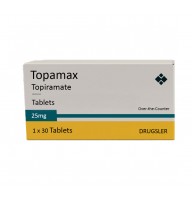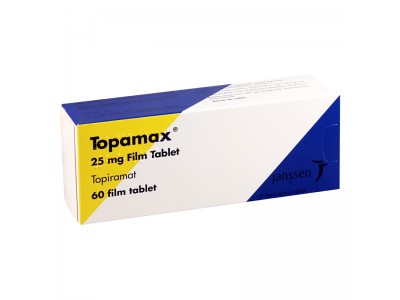Topamax (topiramate) is not classified as a stimulant. Instead, it is an anticonvulsant medication primarily used to treat epilepsy and to prevent migraines. Its mechanism of action involves affecting neurotransmitters in the brain, particularly enhancing the activity of gamma-aminobutyric acid (GABA), which is an inhibitory neurotransmitter that helps calm nerve activity.
Stimulant medications, on the other hand, like those used to treat attention-deficit hyperactivity disorder (ADHD), work by increasing the activity of certain neurotransmitters such as dopamine and norepinephrine in the brain. These medications can have stimulating effects on the central nervous system, leading to increased alertness, focus, and sometimes appetite suppression.
Topamax, in contrast, does not typically produce stimulant effects. Instead, its effects are generally calming or stabilizing, which is why it is used in conditions like epilepsy to reduce the frequency and severity of seizures, and in migraine prevention to help decrease the frequency and intensity of migraine attacks.
It's important to note that medications affect individuals differently, and some people may experience unexpected reactions or side effects. Always follow your healthcare provider's instructions regarding the use of Topamax or any other medication, and promptly report any unusual symptoms or concerns. Your healthcare provider can adjust your treatment plan if needed to ensure optimal management of your condition with minimal side effects.

